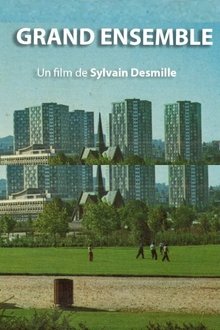A film about astronomy which also happens to show views of the ancient city of Winchester, before focussing on a particular house in the suburbs with its own observatory.
Related Movies

Radiant City (2007)
Since the end of World War II, one of kind of urban residential development has dominate how cities in North America have grown, the suburbs. In these artificial neighborhoods, there is a sense of careless sprawl in an car dominated culture that ineffectually tries to create the more organically grown older communities. Interspersed with the comments of various experts about the nature of suburbia

Portrait of Penge (1964)
Film about the town of Penge featuring local personalities, housing, shopping, traffic and the Penge formation dancers.

Broadstairs and Margate Items (1930)
The Thanet coast featuring boat rides, horses and family outings.

Great Peter of York (1927)
A large crowd and choir, on an historic day at York Minster, greet the arrival of a replacement big bell, watching and singing as labourers manfully slide the 10 ton bell off a truck.

Great Western Road (1980)
Take a virtual stroll down the streets of Glasgow’s iconic Great Western Road.
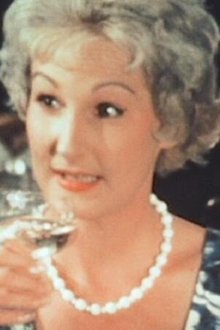
Enchanting Bournemouth (1961)
Bournemouth offers a variety of sports, pastimes, steamer trips, and fine dining for holidaymakers, competing with cheaper foreign holidays and offering a variety of transportation options.

Small Mall (2004)
A Eurovision singer, Iceland's strongest woman, a male model, a plumber who wants to direct movies. They all work in the shopping mall that this documentary focuses on ... most of them want to get out, even just to the bigger mall down the road.
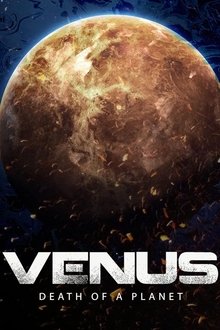
Venus: Death of a Planet (2021)
Billions of years ago, Venus may have harbored life-giving habitats similar to those on the early Earth. Today, Earth's twin is a planet knocked upside down and turned inside out. Its burned-out surface is a global fossil of volcanic destruction, shrouded in a dense, toxic atmosphere. Scientists are now unveiling daring new strategies to search for clues from a time when the planet was alive.

Young Solitude (2018)
Claire Simon portrays an important time for any individual, from 16 to 18 years of age. Set in the Paris suburbs in high school (for those lucky enough to go), teenagers chat after and even during class, sitting in the hallway or outside on a bench, looking at the city below them.
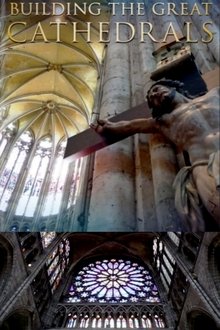
Building the Great Cathedrals (2010)
These skyscrapers of stone dominated skylines for nearly a thousand years. Now, a team of scholars and builders investigates how they we went up, and why some of the tallest fell down. Embedded in stone and stained glass, they uncover a hidden mathematical code — ripped from pages of the Bible — that was used as a blueprint to build the great Gothic Cathedrals.
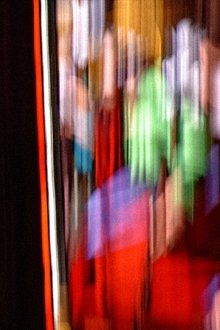
Rodez (2017)
An exploration of Rodez Cathedral and its stained glass windows: praying figures and scientific imagery. A study on color, repetition and flickering consisting of 292 photographs.

Cosmic Dawn (2025)
For over three decades, NASA and an international team of scientists and engineers pushed the limits of technology, innovation, and perseverance to build and launch the James Webb Space Telescope, the most powerful space observatory ever created. Cosmic Dawn brings audiences behind the scenes with the Webb film crew, and never-before-heard testimonies revealing the real story of how this telescope overcame all odds.

A Day on the Broads (1929)
With their gramophone perched on the back of their launch, the family set off for a day of rest and relaxation on the Broads and Suffolk coast.

Cathedrals (2025)
In CATHEDRALS, filmmaker Dan Algrant embarks on a journey to reconnect with two black collaborators from a film made nearly 50 years ago. CATHEDRALS becomes a powerful exploration of the bonds that tie us together and the experiences that shape our identities. Through the lens of a creative collaboration, the film illuminates the struggles and triumphs that define life in a close-knit community, ultimately reaffirming the importance of human connection and the power of collective memory.
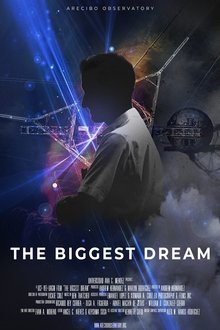
The Biggest Dream (2021)
The loss of the Bill E. Gordon radio telescope has left a void in the world of radio science, the mountains that cradled it, and the hearts of many visitors and enthusiasts who appreciated the beautiful engineering marvel. It’s a difficult time for the scientists and those who grew up seeing the telescope every day in the fields of atmospheric science, planetary science, and Radio astronomy. Experience the legacy of a 57 year journey, from the small island of Puerto Rico to the deepest regions of the galaxy with the world's most powerful telescope.

Unknown: Cosmic Time Machine (2023)
The James Webb Telescope stirs imaginations with vivid photos of distant galaxies. This documentary tracks its historic journey from inception to launch.

The City Dark (2012)
When filmmaker Ian Cheney moves to New York City and discovers skies almost completely devoid of stars, a simple question – what do we lose, when we lose the night? – spawns a journey to America's brightest and darkest corners. Astronomers, cancer researchers, ecologists and philosophers provide glimpses of what is lost in the glare of city lights. Blending a humorous, searching tone with poetic footage of the night sky, what unravels is an introduction to the science of the dark, and an exploration of the human relationship to the stars.

